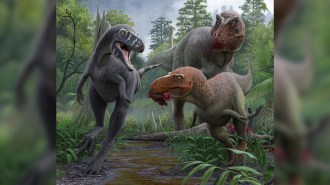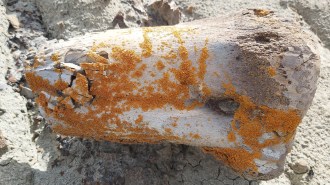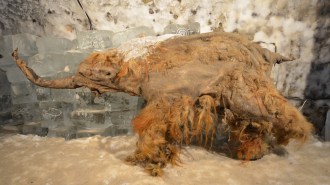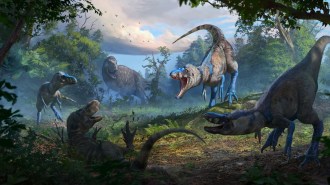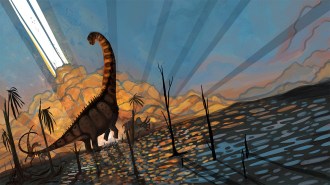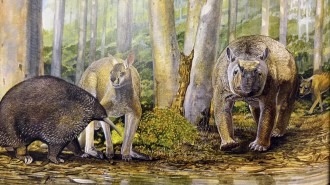Ancient brain fossils hint at body evolution of creepy-crawlies
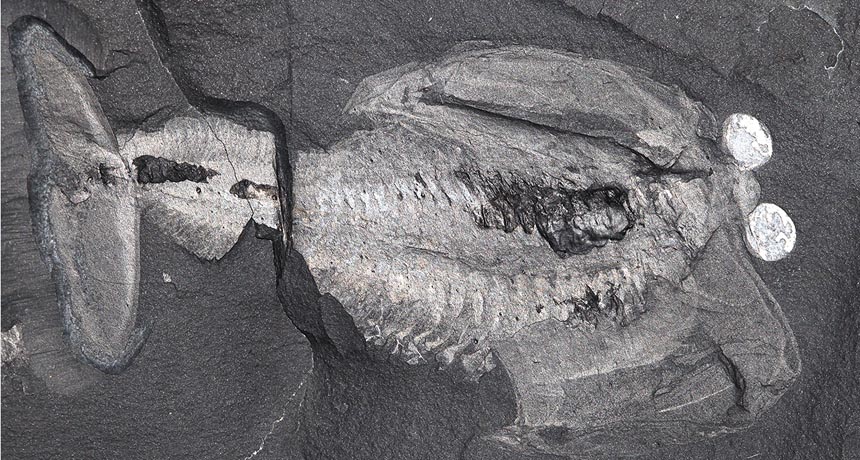
The fossilized brain of Odaraia alata, an arthropod ancestor found in western Canada’s Burgess Shale, had a hard plate that may have had nerves connecting its eyes and brain.
Jean Bernard Caron/Royal Ontario Museum

